Education is not just about memorizing facts or following a rigid curriculum; it’s about fostering the minds of tomorrow. One of the most essential qualities we can nurture in students is creativity—a trait that goes beyond academic performance and prepares them for an ever-changing world. Yet, many educators struggle with how to effectively promote creativity in their classrooms. This article delves into the importance of nurturing creativity in education, exploring why it matters, how it develops, and practical strategies educators can implement to foster a creative learning environment. From understanding the meaning of nurturing creativity to discovering actionable steps, this guide offers insights that every educator should know. Whether you’re a seasoned teacher or new to the field, this exploration of creativity in education will leave you with valuable tools to inspire young minds.
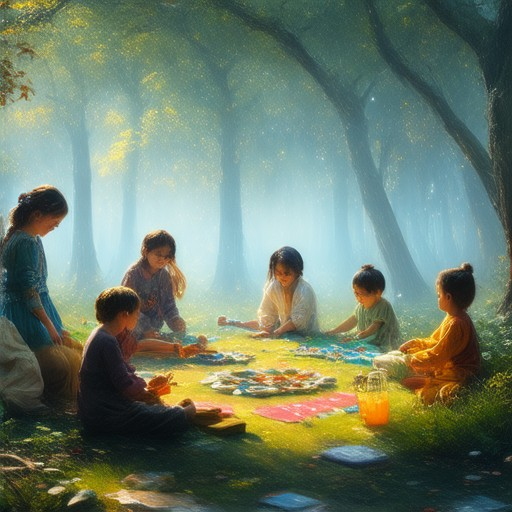
Nurturing Creativity: Its Importance and Benefits
Creativity is a vital skill that extends far beyond the arts and humanities. It plays a crucial role in personal growth, professional success, and societal progress. Here’s why nurturing creativity is essential:
- Enhances Problem-Solving Skills : Creativity encourages innovative thinking, enabling individuals to approach challenges from fresh angles and find unconventional solutions.
- Fosters Innovation : Organizations benefit from creative employees who can drive new ideas, leading to product development and service improvements that set them apart in the market.
- Improves Emotional Intelligence : Creative individuals often possess greater empathy, allowing them to connect deeply with others and navigate social complexities effectively.
- Boosts Mental Health : Engaging in creative activities can reduce stress and anxiety, contributing to overall well-being and a positive mindset.
- Supports Personal Growth : Creativity serves as a tool for self-expression and personal development, helping individuals discover their passions and potential.
Nurturing creativity involves encouraging exploration, experimentation, and learning from diverse perspectives. It is supported by educational institutions that integrate arts education, leading to improved academic performance and cognitive abilities. By cultivating creativity, we unlock our full potential, driving individual and collective success in various facets of life.
Nurturing Creativity
Nurturing creativity refers to the process of fostering and developing the ability to generate ideas, solutions, and expressions that are original and meaningful. It involves creating an environment where individuals can explore their imagination, experiment with new concepts, and grow their creative skills.
Creativity is not just about producing ideas; it’s also about refining them and turning them into something valuable. To nurture creativity, we need to provide the necessary resources, support, and space for individuals to thrive creatively. This can happen in personal settings, educational environments, or professional spaces.
One key aspect of nurturing creativity is offering constructive feedback rather than discouraging criticism. Constructive feedback helps individuals identify strengths and areas for improvement, which is crucial for developing their creative ideas into something impactful.
Additionally, emotional safety plays a significant role in creativity. When individuals feel secure and valued, they are more likely to take risks and express themselves openly. This sense of security allows them to explore new possibilities without fear of judgment or failure.
Techniques like brainstorming, mind mapping, and collaborative discussions can also aid in nurturing creativity. These methods provide structured ways to generate and organize ideas, helping individuals bring their concepts to life.
Moreover, personal development is essential for creativity. Encouraging self-reflection and exploration allows individuals to discover their unique style and approach to creativity. This can involve setting aside dedicated time for creative activities or embracing the freedom to experiment without pressure.
Inspiration is another factor that fuels creativity. Exposure to diverse experiences, cultures, and ideas can spark new perspectives and ideas. Whether through travel, lectures, or engaging with various forms of media, these experiences provide the raw materials needed for innovation.
In summary, nurturing creativity is a multifaceted approach that encompasses providing the right environment, emotional support, techniques, personal growth opportunities, and access to diverse experiences. By cultivating these elements, we can help individuals unlock their creative potential and foster a culture of innovation.
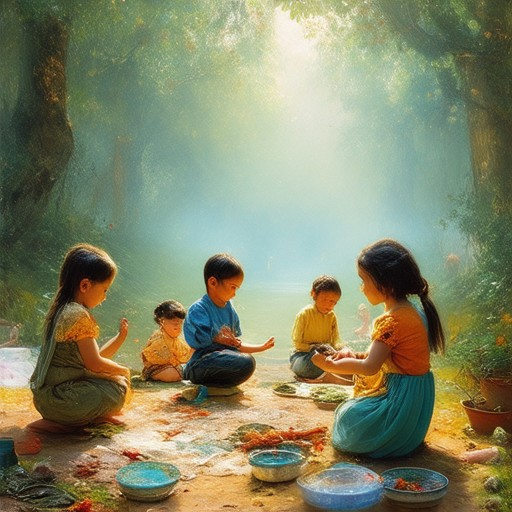
How to Nurture a Creative Mind
Nurturing a creative mind requires intentional effort and consistent practice. Here are some proven strategies to unlock your creative potential:
1. Embrace Curiosity and Exploration
Creativity thrives in environments of curiosity and exploration. Set aside time each day to explore new ideas, hobbies, and experiences. Whether it’s learning a new skill, visiting a museum, or simply reading widely, exposure to diverse perspectives fuels creativity.
2. Practice Mindfulness Daily
Mindfulness helps quiet the chatter of daily life, allowing your mind to wander freely. Try meditation, journaling, or simply sitting in silence for 10 minutes each morning. This practice cultivates introspection, which is essential for creative thinking.
3. Maintain a Growth Mindset
A growth mindset believes that abilities can be developed through dedication and hard work. Embrace challenges as opportunities to learn and grow. This mindset is crucial for overcoming creative blocks and pushing boundaries.
4. Engage in Creative Practice Regularly
Consistency is key to developing a creative mindset. Dedicate time to your creative projects, whether it’s writing, painting, or building something. Even 15–30 minutes daily can make a significant difference over time.
5. Surround Yourself with Inspiration
Your surroundings play a huge role in shaping your creativity. Surround yourself with people who inspire and challenge you. Visit museums, attend workshops, or join online communities dedicated to your interests to stay motivated and inspired.
6. Learn from Others and Adapt
Study successful creators and adapt their techniques to your own style. While inspiration comes from others, it’s important to channel it into your unique vision. Don’t copy, but draw motivation from what works for others.
7. Take Regular Breaks and Rest
Overworking can stiflate creativity. Incorporate regular breaks into your routine, allowing your mind to recharge. A short walk, a nap, or simply stepping away from your work can often lead to fresh ideas.
8. Experiment and Iterate
Experimentation is the cornerstone of creativity. Don’t fear failure; see it as a step toward success. Try new approaches, fail gracefully, and use those lessons to refine your work.
9. Seek Feedback and Refine
Sharing your ideas with others can provide valuable insights and help you refine your approach. Join creative groups, show your work to friends, or seek feedback from mentors. This external perspective can reveal things you might have missed.
10. Stay Curious About the World
The world is full of wonder and possibilities. Keep asking questions, exploring new topics, and staying curious. The more you know, the more fuel you have for creativity.
By consistently applying these strategies, you can cultivate a rich, dynamic creative mindset that thrives on innovation and inspiration. Remember, creativity is a muscle that grows with use. The more you nurture it, the stronger it becomes.
- Explore more creative insights on Patrick Mettraux
- Discover practical creativity tips
- Find inspiration resources
- Learn about growth mindset strategies

The Role of the Teacher in Nurturing Creativity
A teacher plays a pivotal role in fostering creativity among students. Their influence extends beyond academics, shaping young minds to think innovatively and approach problems from various angles. Here’s how teachers contribute to nurturing creativity:
- Exposure to Diverse Ideas : Teachers introduce students to a wide array of subjects, cultures, and perspectives, which broadens their worldview and sparks curiosity.
- Active Encouragement : By acknowledging student efforts, offering constructive feedback, and celebrating uniqueness, teachers inspire confidence and drive creativity.
- Providing Tools and Resources : Access to art supplies, technology, and educational materials empowers students to experiment and bring their ideas to life.
- Fostering a Growth Mindset : Teachers model resilience and adaptability, encouraging students to view challenges as opportunities for growth and innovation.
- Promoting Collaboration : Group projects and team activities teach students how to work together, combining diverse ideas to create something extraordinary.
- Real-World Application : Connecting classroom learning to real-world problems helps students see the practical impact of their creativity and encourages problem-solving.
- Modeling Creative Behavior : A teacher’s enthusiasm, curiosity, and willingness to try new things set an example that inspires students to embrace their own creativity.
By creating a supportive environment, teachers lay the foundation for lifelong learning and creative expression. Their guidance helps students develop the confidence and skills needed to thrive in an increasingly innovative world.
For more insights on creativity and education, visit Patrick Mettraux , a platform dedicated to exploring and nurturing creativity through storytelling and artistic reflection.
How Do Educators Nurture Creativity in Children?
Educators play a crucial role in fostering creativity in children. Here are some effective strategies:
- Create a Safe and Supportive Environment
- Provide a classroom atmosphere where children feel secure to express themselves without fear of criticism.
- Encourage exploration and experimentation, allowing children to take risks and learn from mistakes.
- Foster Curiosity and Wonder
- Ask open-ended questions that prompt thinking beyond the obvious.
- Share intriguing questions, stories, and phenomena to spark imagination.
- Encourage Exploration and Freedom
- Offer opportunities for hands-on learning and discovery.
- Allow children to choose topics and methods that interest them.
- Active Listening and Feedback
- Listen attentively to children’s ideas and give constructive feedback.
- Use affirming language to validate their thoughts and efforts.
- Collaborative Learning Experiences
- Engage students in group projects and collaborative problem-solving.
- Teach teamwork and diverse perspectives to enhance creative solutions.
- Expose to Diverse Cultures and Arts
- Introduce children to various cultures, traditions, and artistic forms.
- Celebrate differences and inspire cross-cultural creativity.
- Model Creative Behavior
- Demonstrate enthusiasm for learning and curiosity.
- Share personal experiences and interests to show that creativity is a lifelong journey.
- Provide Resources and Tools
- Offer access to art supplies, technology, and tools that support creative expression.
- Encourage the use of libraries, online platforms, and workshops for further exploration.
By implementing these strategies, educators can help children develop their creative potential and become confident, innovative thinkers. For more insights and resources, visit Patrick Mettraux .

How Do You Nurture Creativity in the Classroom?
Nurturing creativity in the classroom is essential for fostering innovation and encouraging students to think outside the box. Here are some effective strategies to help cultivate an environment where creativity thrives:
- Encourage Curiosity and Wonder:** Start by asking open-ended questions that spark curiosity. For example, “What if we approached this problem differently?” or “What would happen if we combined these two ideas?” This helps students develop a mindset geared towards exploration and discovery.
- Provide a Safe Space for Expression:** Make sure students feel comfortable sharing their ideas without fear of criticism. Create a classroom environment where diversity of thought is celebrated, and every idea, no matter how unconventional, is given a chance to be heard.
- Incorporate Creative Problem-Solving:** Teach students techniques like brainstorming, mind mapping, and lateral thinking. These tools empower students to generate multiple solutions and approach problems from various angles.
- Use Visual and Hands-On Learning:** Engage students with visual aids, art projects, and interactive activities. Hands-on learning methods often stimulate creativity by allowing students to experiment and explore concepts in a tangible way.
- Encourage Collaboration:** Creativity often flourishes when students work together. Pair them up or form small groups to collaborate on projects, which can lead to new ideas and perspectives being shared.
- Model Creativity Yourself:** As a teacher, you set the tone for creativity. Share stories of your own creative processes and how you overcome challenges. This demonstrates that creativity is a process that can be learned and developed.
- Provide Resources and Tools:** Equip students with the necessary materials and tools to bring their ideas to life. Whether it’s art supplies, digital tools, or simple materials like cardboard and scissors, having the right resources can unlock a student’s creativity.
- Celebrate Progress, Not Perfection:** Emphasize the importance of the journey rather than the final outcome. Celebrate effort, experimentation, and growth. This encourages students to see mistakes as part of the creative process and not as failures.
By implementing these strategies, you can create a dynamic and inspiring learning environment that nurtures creativity and empowers students to think creatively. Remember, creativity is a skill that can be cultivated and developed over time with the right approach and support.

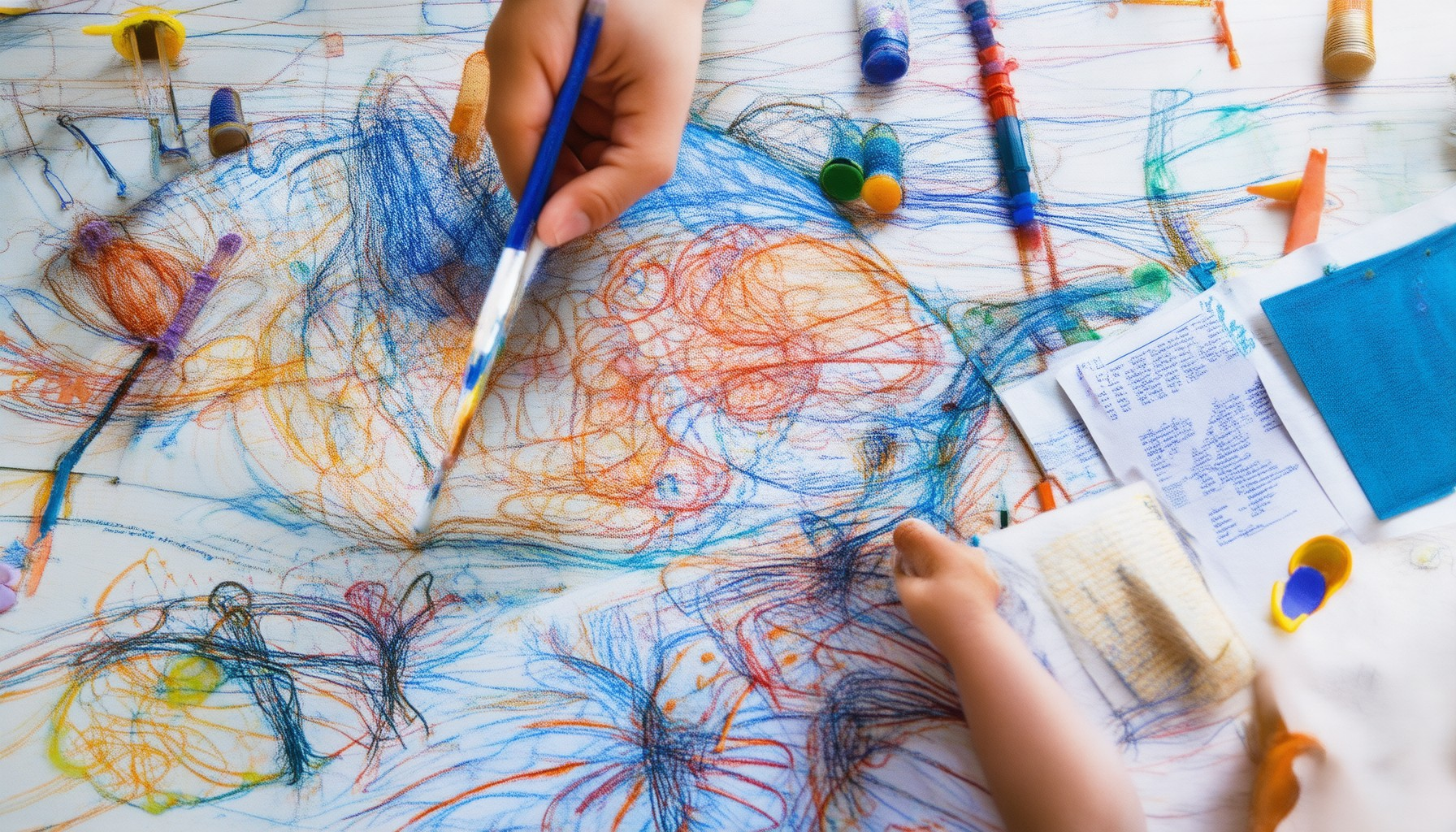
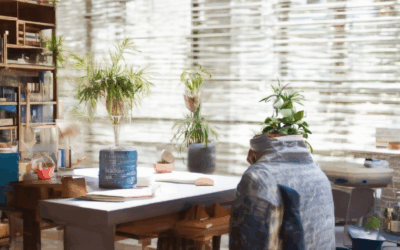

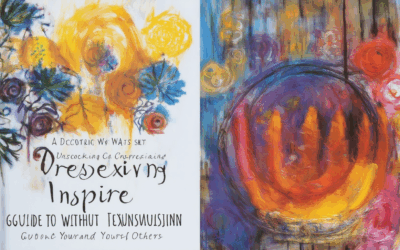
0 Comments